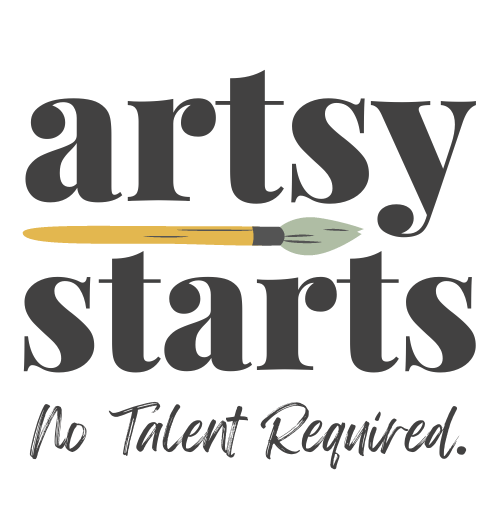The Healing Power of Art Journaling with Mindful Reflection
In today’s fast-paced world, finding moments of tranquility and self-reflection can be challenging. Thankfully, there is a healing power of art journaling. It provides a therapeutic outlet for stress relief, mindfulness, and introspection. By combining artistic expression and personal reflection, art journaling offers a unique pathway to explore our emotions, thoughts, and experiences. In this blog post, we will delve into the profound therapeutic benefits of mindful reflection in art journaling and how it can enhance our overall well-being.
The Therapeutic Benefits of Art Journaling
Art journaling serves as a powerful tool for emotional release and self-expression. Through colors, shapes, and textures, we can externalize our innermost feelings, allowing them to flow onto the pages of our journal. This process not only relieves emotional tension but also fosters self-awareness and personal growth. As we engage with our thoughts and emotions, we gain a deeper understanding of ourselves and our experiences, leading to a stronger sense of identity and purpose.
Art journaling also empowers us to regain a sense of control in our lives. By actively choosing what to create, how to express ourselves visually, and what elements to include in our journal, we assert our autonomy. This newfound empowerment extends beyond our art and permeates various aspects of our lives, enhancing problem-solving and decision-making skills.
Art Journaling as a Stress Relief Tool
Art journaling can serve as a respite from the demands and stressors of the day. The creative process involved in art journaling acts as a form of active meditation, diverting our attention from worries and anxieties. As we immerse ourselves in the colors, textures, and brushstrokes, we enter a state of flow—a state of complete absorption in the present moment. This immersion not only relaxes our minds but also rejuvenates our spirits.
Plus, art journaling provides a safe space for emotional exploration. In our journal, we can freely express and examine our emotions without fear of judgment or consequence. The act of putting our feelings into visual form allows us to externalize them, offering a cathartic release. Through this process, we cultivate emotional resilience and learn healthy ways to cope with stress.
Art Journaling and Mindfulness
Art journaling and mindfulness are intertwined in their focus on the present moment. When we engage in art journaling, we become fully present, attuned to the sensory experiences of the creative process. The gentle brushstrokes, the blending of colors, and the texture of the materials—all invite us to engage our senses fully. This heightened sensory awareness facilitates a deep sense of mindfulness and connection with the present moment.
Art journaling also encourages non-judgmental awareness of our thoughts and feelings. We let go of self-criticism and embrace self-acceptance as we witness our artistic expressions unfold. The act of observing without judgment nurtures self-compassion and encourages us to approach our inner experiences with kindness and curiosity.
The Introspective Nature of Art Journaling
Creating in an art journal serves as a gateway to self-reflection and introspection. As we create, we delve into the depths of our beliefs, values, and experiences. We uncover hidden aspects of ourselves and gain insights into our authentic selves. Through introspection, we can work to heal emotional wounds, release limiting beliefs, and embrace personal growth.
Art journaling can be a transformative practice with therapeutic benefits for stress relief, mindfulness, and introspection. Through mindful reflection in art journaling, we tap into our creative potential, find solace in the present moment, and discover profound insights about ourselves. So, grab a journal, pick up a paintbrush, and embark on a journey of self-discovery and healing through art journaling.
If you’d like to see how simple art exercises can help you relieve stress, check out the latest mini-course “Calm the Mind.”


